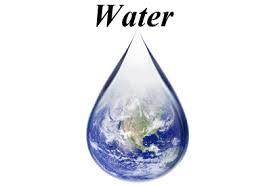
No Water Providers on Non-Compliant Naughty List
Salt Lake City – The Utah Division of Water Resources (DWRe) announced today that no providers will be listed as non-compliant this year for failing to submit an updated water conservation plan, which is required under Utah’s Water Conservation Plan Act (WCPA).
DWRe is committed to working with each system to ensure they prepare water conservation plans that are WCPA compliant and is encouraged that no systems needed to be singled out.
“We are encouraged by the fact that we are seeing an increased focus on conservation from providers, municipalities, businesses and member of the general public,” said Eric Millis, DWRe director. “We believe in working in partnership with Utah’s water providers to make progress towards better water conservation today while collaboratively finding solutions to our future water demands.”
WCPA requires water conservancy districts, and retailers with more than 500 drinking water connections to prepare water conservation plans and submit them to DWRe. This requirement covers systems that provide water to about 93 percent of Utah’s population. The Act also specifies that water conservation plans are to be updated and resubmitted every five years and non-compliance is to be made public information.
To date, more than 150 water providers are compliant with the WCPA and are commended for their efforts in establishing conservation protocol and understanding the demand on their supply systems.
The WCPA has created an increased emphasis on water conservation as a foundation upon which the state can build a successful water framework. By reaching the statewide goal of reducing the per capita water use by at least 25 percent through 2025, the state will decrease the water demand by more than 400,000 acre-feet of water per year, or more than 130 billion gallons. This is enough water to fill Jordanelle Reservoir beyond its full storage capacity, or fill Vivint Smart Home Arena floor to ceiling 11,500 times on a yearly basis. Since 2000, Utah residents have decreased their per capita water use by an estimated 18 percent.